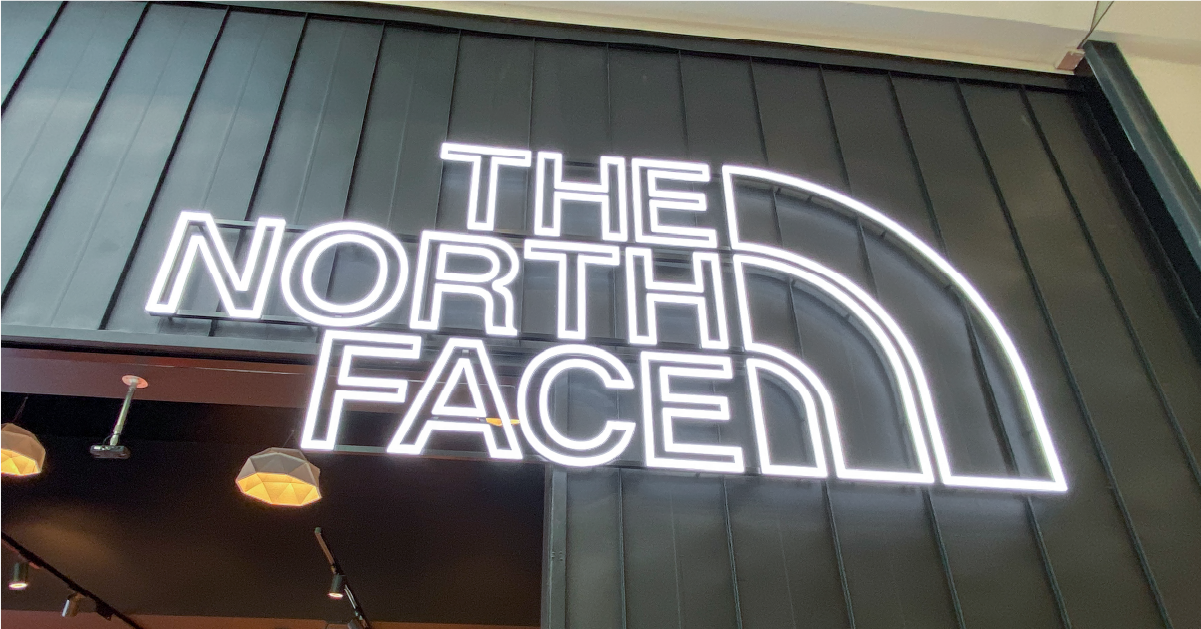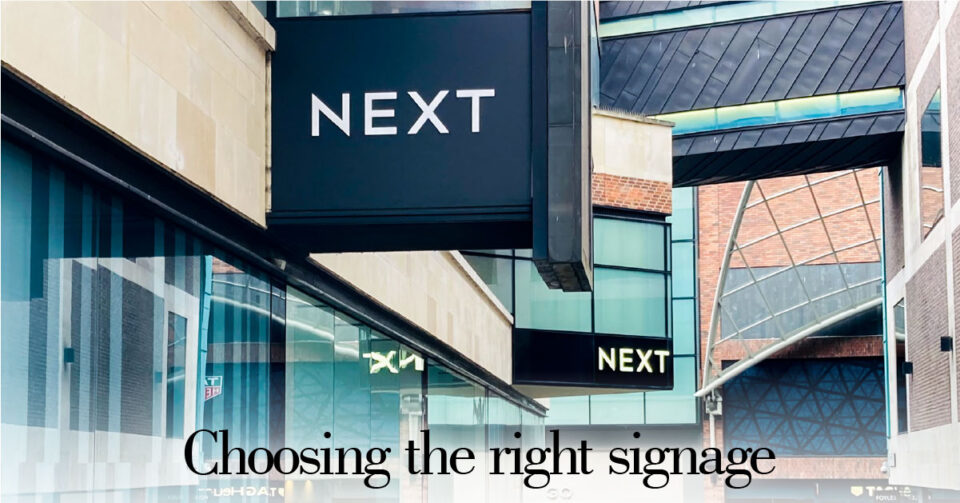In the bustling world of retail, the art of signage holds immense power. It’s not just about directing customers to your doorstep; it’s about speaking their language, understanding their environment, and ultimately, enticing them to step inside. But when it comes to targeting different markets, whether it’s the vibrant streets of a local neighbourhood or the expansive aisles of a retail park, the signage game changes. Let’s delve into the nuances of adapting signage strategies for these contrasting landscapes.

The High Street: Where Local Charm Meets Personalized Appeal
Picture a quaint street adorned with colourful storefronts, each exuding its own unique charm. This is the heart of the local market – a place where community connections are cherished, and word-of-mouth is a powerful currency. In such an environment, signage serves as more than just a guide; it’s a storyteller, weaving narratives that resonate with the locals.
- Personalization is Key: High Street signage thrives on personalization. From handwritten chalkboards to quirky window displays, the goal is to create a sense of intimacy and familiarity. Businesses often incorporate local references, seasonal themes, or even humour to forge deeper connections with their audience.

- Blend In, Stand Out: While blending into the aesthetic of the street is important, it’s equally crucial to stand out amidst the competition. Clever use of colour, typography, and imagery can help businesses carve their own identity without disrupting the visual harmony of the surroundings.
- Embrace Versatility: High street signage isn’t confined to storefronts alone. Pavement signs, banners, and even street art serve as valuable touchpoints to capture the attention of passersby. Flexibility and creativity are the cornerstones of success in this dynamic landscape.

The Retail Park: Navigating the Sea of Choices
Contrast the cozy familiarity of the high street with the sprawling expanse of a retail park – a maze of brands vying for attention amidst a sea of choices. Here, the signage game is all about efficiency, visibility, and making a lasting impression amidst the abundance of options.
- Optimize Visibility: In a retail park setting, where shoppers are often spoilt for choice, visibility is paramount. Large, clear signage that can be easily spotted from a distance helps businesses assert their presence and draw foot traffic towards their direction.
- Focus on Consistency: Amidst the diversity of brands, consistency in signage becomes a powerful tool for building brand recognition. From logo placement to colour schemes, maintaining a cohesive visual identity across all touchpoints reinforces brand recall and trust among consumers.
- Prioritize Information: In a bustling retail park, where time is of the essence, signage should serve as an efficient information hub. Clear directions, promotional offers, and product highlights should be communicated concisely and prominently to facilitate quick decision-making.

Adapting Strategies for Success
While the high street and retail park represent two distinct landscapes, successful signage strategies share a common thread – understanding and catering to the needs of the target audience. Whether it’s the personalized charm of the local market or the streamlined efficiency of a retail park, businesses that embrace adaptability, creativity, and a deep understanding of their surroundings are poised for success.
In the ever-evolving world of retail, signage isn’t just about guiding customers; it’s about forging connections, telling stories, and leaving a lasting impression. By navigating the nuances of different markets with tailored signage strategies, businesses can not only thrive but also become an integral part of the vibrant tapestry of local and global commerce.




